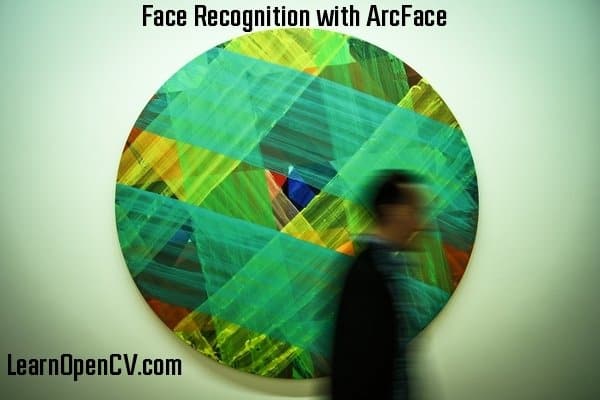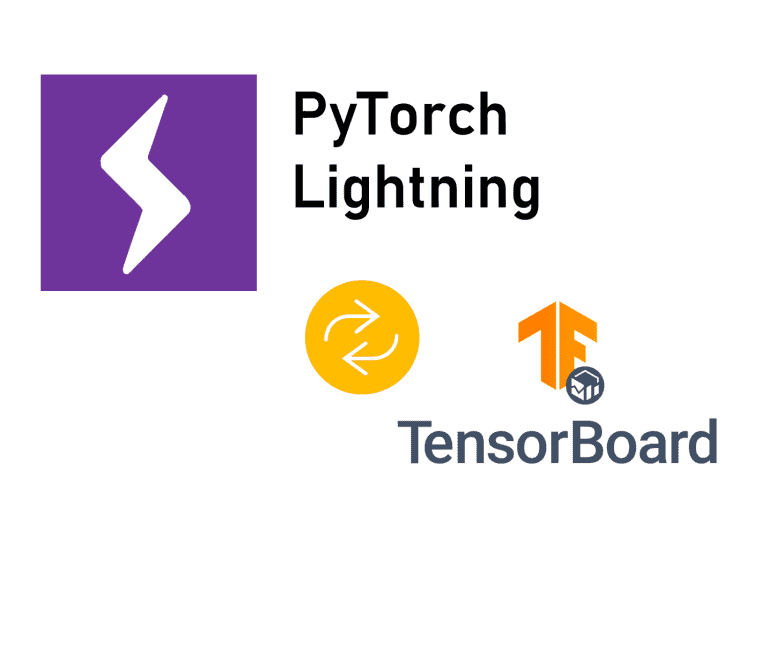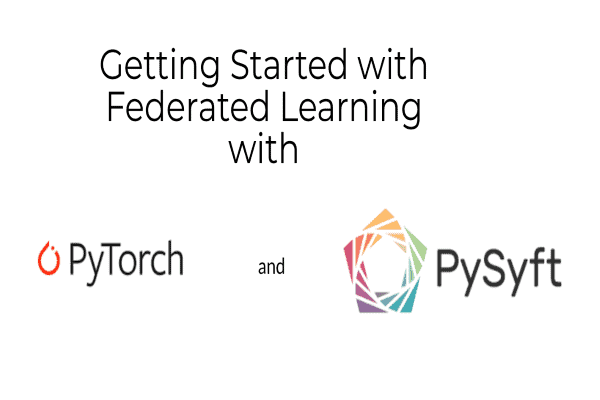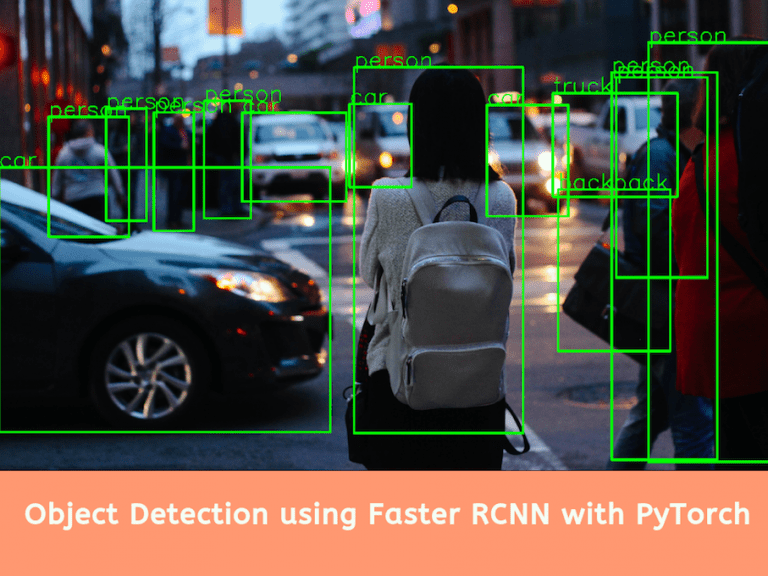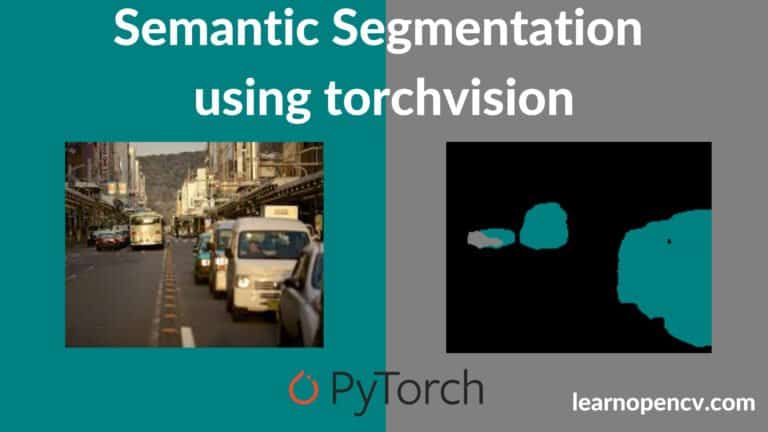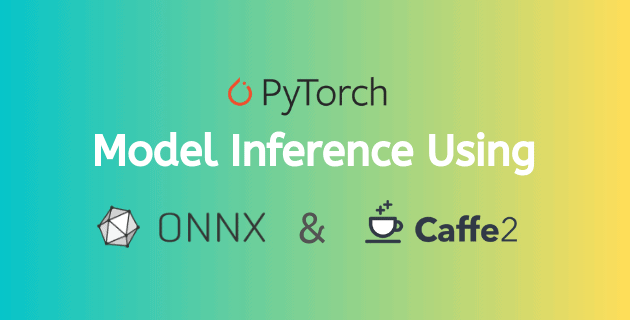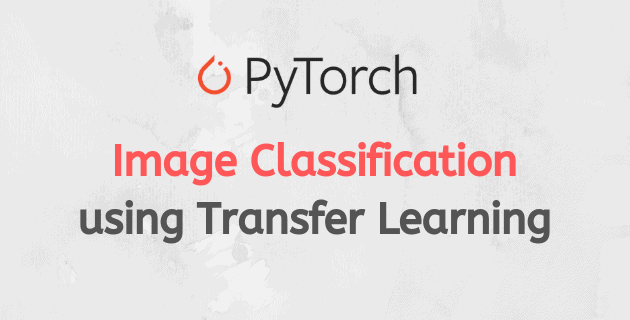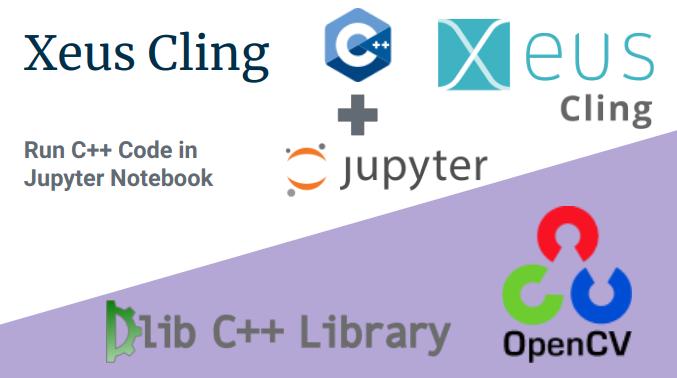Computer Vision
Can we distinguish one person from another by looking at the face? We can probably list several features such as eye color, hairstyle, skin tone, the shape of the nose
If you have been working with OpenCV for some time, you should have noticed that in most scenarios OpenCV utilizes CPU, which doesn’t always guarantee you the desired performance. To
A picture is worth a thousand words! As computer vision and machine learning experts, we could not agree more. Human intuition is the most powerful way of making sense out
This is a a gentle introduction to federated learning — a technique that makes machine learning more secure by training on decentralized data. We will also cover a real-life example
Wouldn’t it be cool if you could just wave a pen in the air to draw something virtually and it actually draws it on the screen? It could be even
Imagine, one day you have an amazing idea for your machine learning project. You write down all the details on a piece of paper- the model architecture, the optimizer, the
1. Image Classification vs. Object Detection Image Classification is a problem where we assign a class label to an input image. For example, given an input image of a cat,
This post “Torchvision Semantic Segmentation,” is part of the series in which we will cover the following topics. 1. What is Semantic Segmentation? Semantic Segmentation is an image analysis procedure
Facial Landmark Detection using OpenCV and Dlib in C++ Jupyter Notebook, formerly known as IPython Notebook, in my opinion, is one of the best tools for a programmer. You can
Video Stabilization Example of Low-frequency camera motion in video Video stabilization refers to a family of methods used to reduce the effect of camera motion on the final video. The

